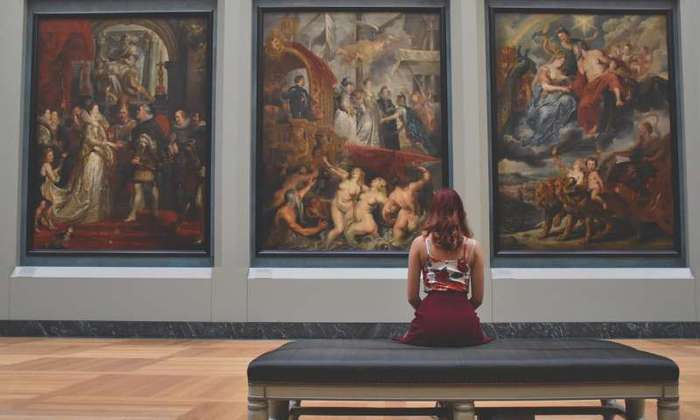Mathematics becomes art historian: new algorithms have reviewed nearly 15,000 pictures of paintings, learning to recognize their characteristics.
The result, published in the journal of the American Academy of Sciences (PNAS), is due to researchers coordinated by Hawoong Jeong, of the Korean Advanced Institute of Science and Technology, and Seung Kee Han, of the Korean National University of Chungbuk.
The researchers digitally scanned 14,912 paintings, mostly Western, spanning the period between the Renaissance and contemporary art.
The algorithms that analyzed them were designed to look for recurring patterns.
According to the authors of the research, in fact, a fundamental question in the history of art and aesthetics concerns the possibility of identifying common characteristics from a cultural point of view and understanding how these evolve over time.
The answers, the researchers say, could help understand the emotional tensions of society in different eras.
Up to now, however, the history of art has mainly been based on qualitative analyzes of the works and a quantitative analysis has been completely lacking.
The researchers' goal is therefore to use mathematical analysis to discover features hitherto overlooked by art historians.
The study revealed the predominant style trends in certain eras, alongside long-term trends, such as the positioning of the horizon.
It has emerged, for example, that in the last hundred years painters have placed the horizon higher and higher and that, if in the seventeenth century the separation between the Earth and the sky dominated the landscapes, in the most modern paintings the horizon is very near the top of the canvas






/cloudfront-eu-central-1.images.arcpublishing.com/prisa/7EXQTDHWSVDVDPC6TDIQTSHWUQ.jpg)








